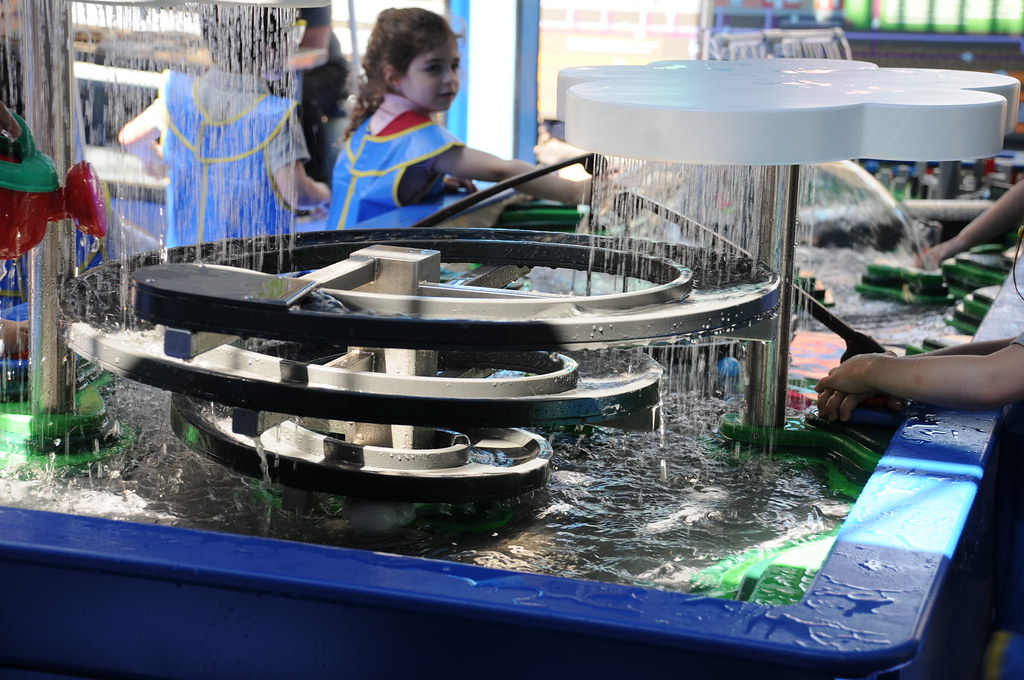
 Environmental Protection311
Environmental Protection311 Search all NYC.gov websites
Search all NYC.gov websites
Field Trips
We welcome educators to use these field trips to expose students to New York City’s environment. Be sure to check out Resources for Educators for lesson plan and activity ideas. For more information, contact educationoffice@dep.nyc.gov.
Dynamic H20 Exhibit at the Children’s Museum of Manhattan
The Dynamic H20 exhibit in the Sussman Environmental Center at the Children’s Museum of Manhattan features hands-on interactives and cool, colorful graphics. It dives into the City’s water supply system, which delivers about 1 billion gallons of water each day to more than 9 million New Yorkers.
The exhibit features a 16-foot interactive water table that enables children to investigate the path of New York City’s water as they play and explore. Additional features include an interactive building designed to help children understand how gravity and pumps are essential in providing water to houses and skyscrapers across the city. Magnetic tubes that can carry water allow visitors to create the aqueducts and tunnels that transport water from watersheds to New York City and understand the roles that people play to help design and construct systems that deliver a plentiful supply of clean water. Children are challenged to piece together enough pipes to span the “100 miles” from the Catskills to the city. Other special features are outdoor laboratories where children can enjoy inquiry-based exploration, assuming the roles of some of the people involved in maintaining New York City’s water resources, including marine biologists, ecologists and other scientists. A wide range of educator-led workshops will take place throughout the exhibit’s run. Participation is free with admission.
For more information, visit the Children’s Museum of Manhattan.
Connected Worlds Exhibition at the New York Hall of Science
Connected Worlds, a groundbreaking exhibition at the New York Hall of Science, immerses visitors in a fantastical universe where they can affect the health of six distinct biomes. All of the biomes share a common resource: water, which flows across the interactive floor from a waterfall, the exhibition’s centerpiece.
Through gestures and manipulation of physical objects, visitors guide water among the worlds, cultivate them and explore how the complex system underlying Connected Worlds works. As visitors interact with plants and creatures, they discover the interconnectedness of the different environments and experience how individual and collective actions can have widespread impact.
The experience affords the opportunity for teachers to help their students understand how systems thinking relates to understanding sustainability and make analogies to better grasp how the complexity of our own world functions.
For more information, visit the Connected Worlds at the New York Hall of Science.
The Relief Map of the New York City Water Supply System at the Queens Museum
The 540 square-foot model represents the living, working landscape of the watersheds that supply New York with one billion gallons of drinking water each day.
For more information, visit The Queens Museum.
Time & the Valleys Museum
The Time & the Valleys Museum is home to the history of the Rondout and Neversink Watersheds and the geographical area encompassing the Tri-Valley Central School District.
For more information, visit the Time & the Valleys Museum.



